That dark corner behind your toilet isn’t just growing mold – it’s becoming a bustling metropolis for microscopic creatures you never knew existed. While most people see bathroom mold as simply a cleaning problem, it’s actually the foundation of an intricate ecosystem that rivals any rainforest in its complexity. From fungus gnats to springtails, your humid bathroom has become an unintentional sanctuary for dozens of tiny species, each playing their own role in this miniature world that thrives just inches from where you brush your teeth.
The Perfect Storm: Why Bathrooms Create Mold Havens
Bathrooms offer the holy trinity of mold growth conditions: moisture, warmth, and organic matter. Every hot shower releases gallons of water vapor into the air, creating humidity levels that would make a tropical rainforest jealous. The constant temperature fluctuations between steamy showers and cooler periods create condensation on surfaces, providing the persistent moisture that mold spores need to germinate.
But moisture alone isn’t enough – mold needs food. Dead skin cells, soap residue, hair, and even microscopic particles of toothpaste become a feast for hungry fungal colonies. These organic materials accumulate in grout lines, shower corners, and behind fixtures where cleaning is difficult.
The lack of air circulation in most bathrooms seals the deal. Without proper ventilation, humid air becomes trapped, creating stagnant pockets where mold can flourish undisturbed for weeks or months.
Mold: The Foundation Species That Changes Everything
Think of mold as the coral reef of your bathroom ecosystem – it’s the foundation species that transforms a sterile environment into a thriving habitat. When mold begins growing on surfaces, it doesn’t just sit there passively. It actively breaks down organic matter, releasing nutrients and creating microhabitats that other organisms can exploit.
Different mold species create different environmental conditions. Black mold (Stachybotrys) tends to create acidic conditions, while Aspergillus species prefer more neutral pH levels. These chemical changes in the immediate environment determine which bugs will find the area suitable for colonization.
The physical structure of mold colonies also matters tremendously. The branching networks of fungal threads create three-dimensional spaces that provide shelter, breeding grounds, and highways for tiny creatures to navigate through their miniature world.
Fungus Gnats: The Aerial Acrobats of Mold Ecosystems
Fungus gnats are often the first visible sign that your bathroom’s mold ecosystem is thriving. These tiny, dark flies seem to appear out of nowhere, dancing around your bathroom lights in erratic patterns. But they’re not just random visitors – they’re specialist feeders that have evolved specifically to exploit fungal resources.
The adult gnats you see are actually just the tip of the iceberg. Their larvae live directly in the mold colonies, feeding on fungal threads and organic debris. A single mold patch can support dozens of developing gnat larvae, each one helping to break down organic matter and cycle nutrients through the ecosystem.
What makes fungus gnats particularly fascinating is their role as both consumers and dispersers. While they feed on mold, they also carry spores to new locations, helping to spread fungal colonies throughout your bathroom and beyond.
Springtails: The Cleanup Crew Nobody Notices
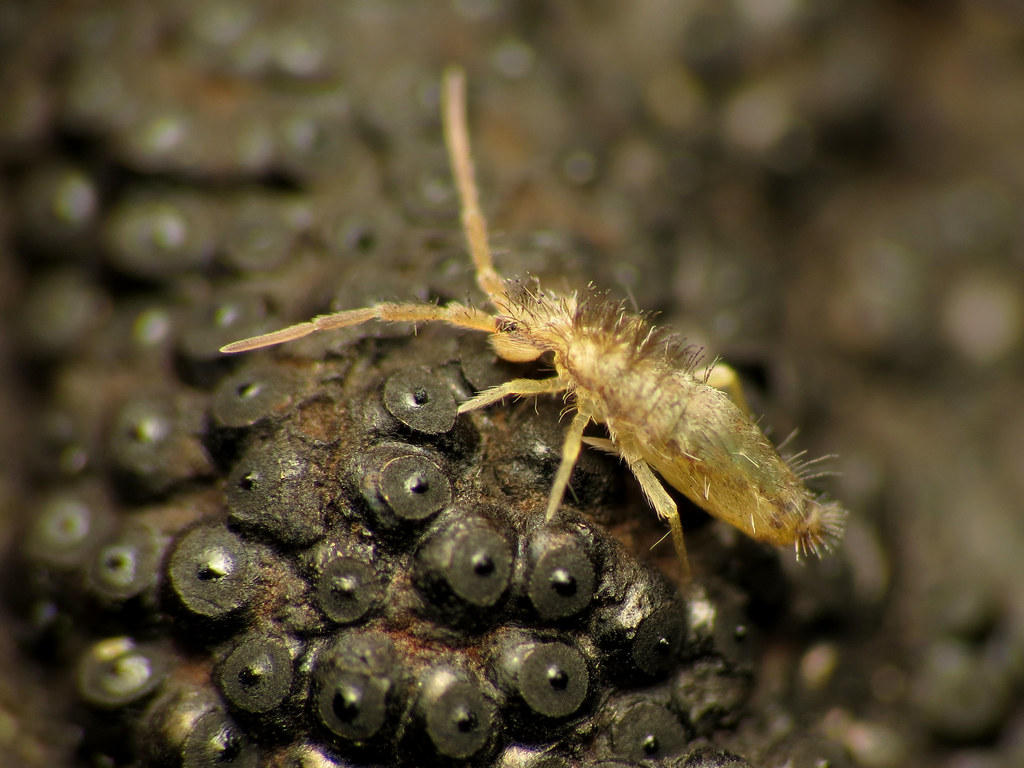
Springtails might be the most underappreciated members of your bathroom’s ecosystem. These tiny, wingless insects are nature’s cleanup crew, specializing in decomposing organic matter that even mold can’t fully break down. They’re so small that most people mistake them for dust or debris, but they’re actually sophisticated creatures with a remarkable ability to thrive in moist environments.
Unlike many insects, springtails can actually absorb water directly through their skin, making them perfectly adapted to humid bathroom conditions. They feed on dead mold, bacteria, and microscopic organic particles, effectively recycling nutrients back into the ecosystem.
Their most distinctive feature is their ability to launch themselves into the air when disturbed – hence the name “springtail.” This escape mechanism allows them to quickly relocate when conditions change or predators approach.
Psocids: The Tiny Librarians of Moisture
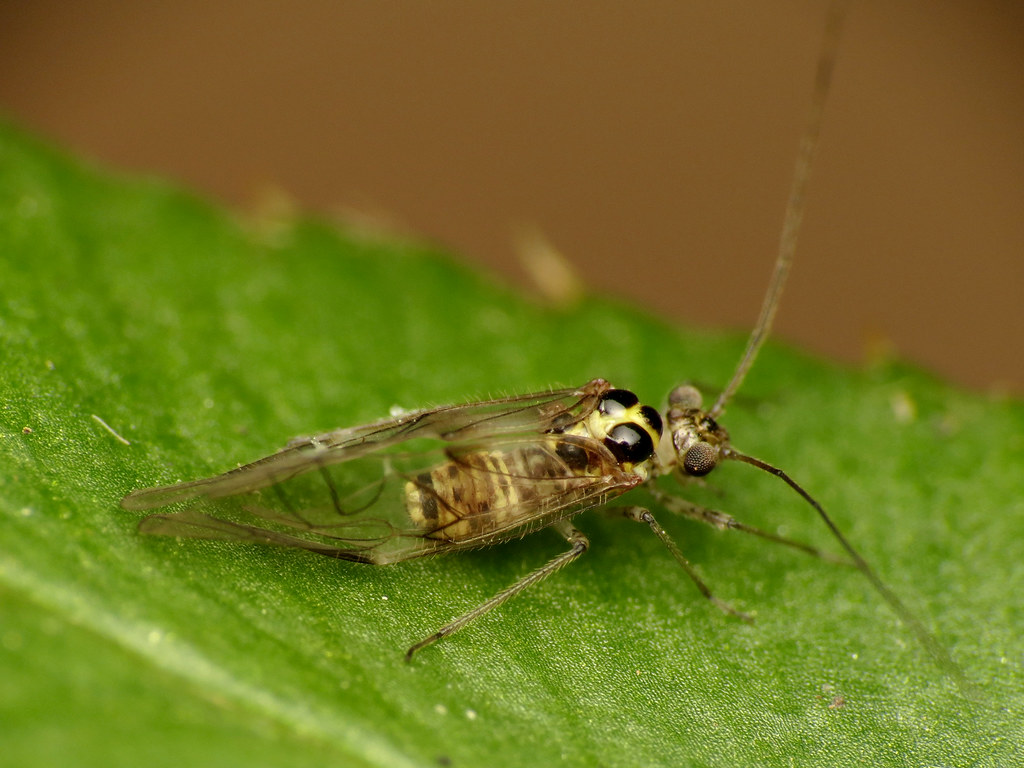
Psocids, commonly called booklice or barklice, are the overlooked intellectuals of the bathroom ecosystem. These microscopic creatures feed primarily on mold, algae, and pollen, making them essential regulators of fungal growth. They’re so small that they’re often invisible to the naked eye, but their impact on the ecosystem is enormous.
What makes psocids particularly interesting is their social behavior. Some species form small colonies where individuals work together to harvest mold and share resources. They communicate through chemical signals, creating invisible networks of cooperation in the spaces between your bathroom tiles.
These tiny creatures are also incredibly sensitive to humidity levels. They serve as living barometers of your bathroom’s moisture conditions – when psocid populations explode, it’s often a sign that humidity levels have reached optimal ranges for mold growth.
Drain Flies: Masters of the Sewer System
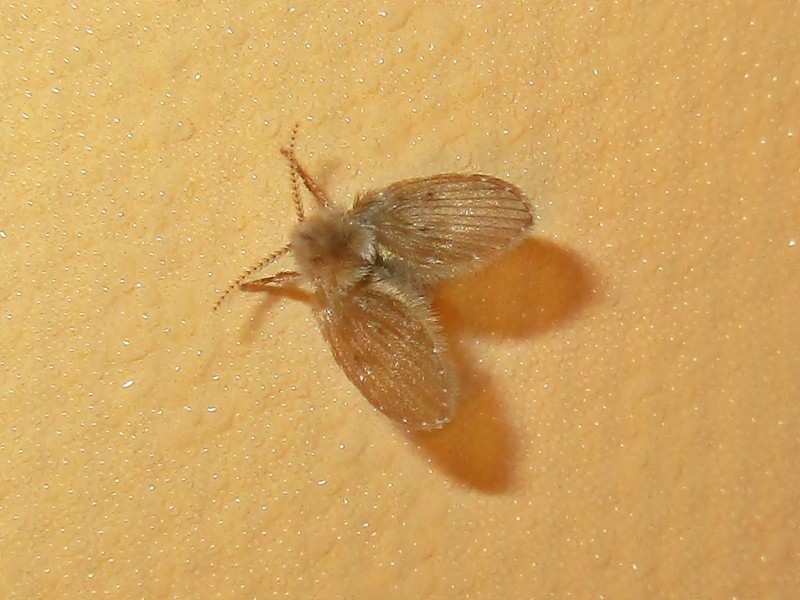
Drain flies represent the underground faction of your bathroom ecosystem. These fuzzy, moth-like insects live in the biofilm that coats the inside of your drains, feeding on organic matter and bacteria that accumulate in these dark, moist environments. They’re perfectly adapted to life in what most creatures would consider a hostile environment.
The larvae of drain flies are particularly remarkable – they can survive in environments with very low oxygen levels and high concentrations of organic waste. They feed on the same organic matter that supports mold growth, creating a parallel ecosystem that connects your visible bathroom mold to the hidden world of your plumbing system.
Adult drain flies are weak fliers, often seen resting on bathroom walls near drains. Their presence indicates a thriving ecosystem of bacteria and organic matter in your pipes, which often connects to and supports the mold colonies growing on bathroom surfaces.
Mold Mites: The Microscopic Shepherds
Mold mites are the ultimate specialists in the bathroom ecosystem – they’ve evolved to feed almost exclusively on mold spores and fungal threads. These microscopic arachnids are so small that you need a magnifying glass to see them, but they play a crucial role in regulating mold populations and preventing any single species from dominating the ecosystem.
Different species of mold mites prefer different types of mold, creating a complex web of predator-prey relationships that helps maintain balance in the ecosystem. Some mites are generalists that feed on various mold species, while others are specialists that target specific fungal types.
Mold mites also serve as food for other creatures in the ecosystem. Springtails and some insects feed on mites, creating food chains that rival those found in much larger natural systems.
Silverfish: The Ancient Survivors
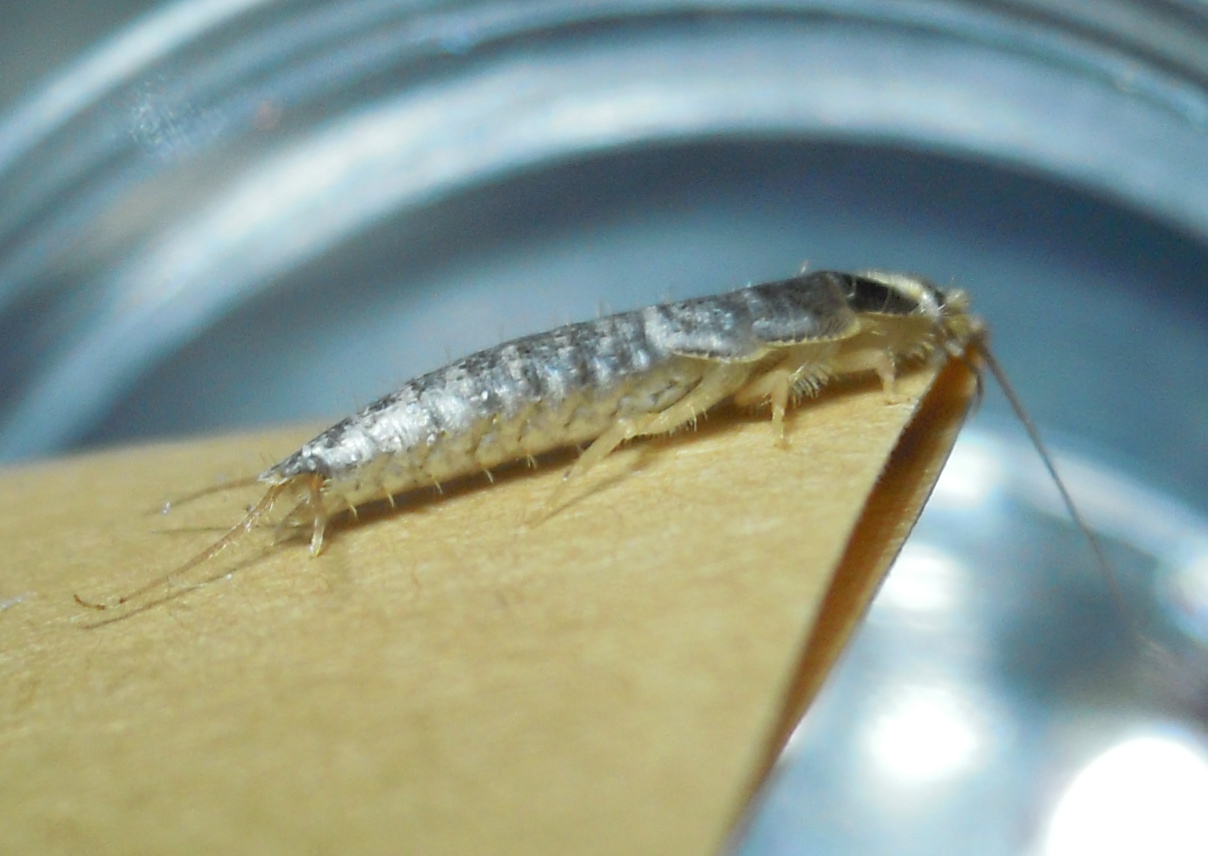
Silverfish might seem like they don’t belong in a mold ecosystem, but these ancient insects are actually important members of the community. They’re generalist feeders that consume dead insects, shed skin, and organic debris that accumulates around mold colonies. Think of them as the vultures of the bathroom ecosystem.
What makes silverfish particularly fascinating is their incredible resilience. They can survive for months without food and can live in environments that would kill most other insects. This makes them important stabilizers in the ecosystem – they persist through environmental changes and help maintain ecosystem functions when other species decline.
Silverfish also help distribute nutrients throughout the ecosystem. As they move between different areas of the bathroom, they carry organic matter and waste products that help fuel mold growth in new locations.
Thrips: The Unexpected Visitors
Thrips are usually associated with plants, but several species have adapted to life in humid indoor environments where they feed on mold and organic debris. These tiny, slender insects are often overlooked, but they play important roles in breaking down organic matter and cycling nutrients through the ecosystem.
Some thrips species are actually beneficial in bathroom ecosystems because they feed on harmful bacteria and help control populations of other insects. They’re like the natural pest control officers of the microscopic world.
The presence of thrips often indicates a mature, well-established ecosystem. They typically arrive after mold colonies have been established for several weeks or months, suggesting that the habitat has reached a level of complexity that can support more specialized species.
Collembola: The Soil Builders
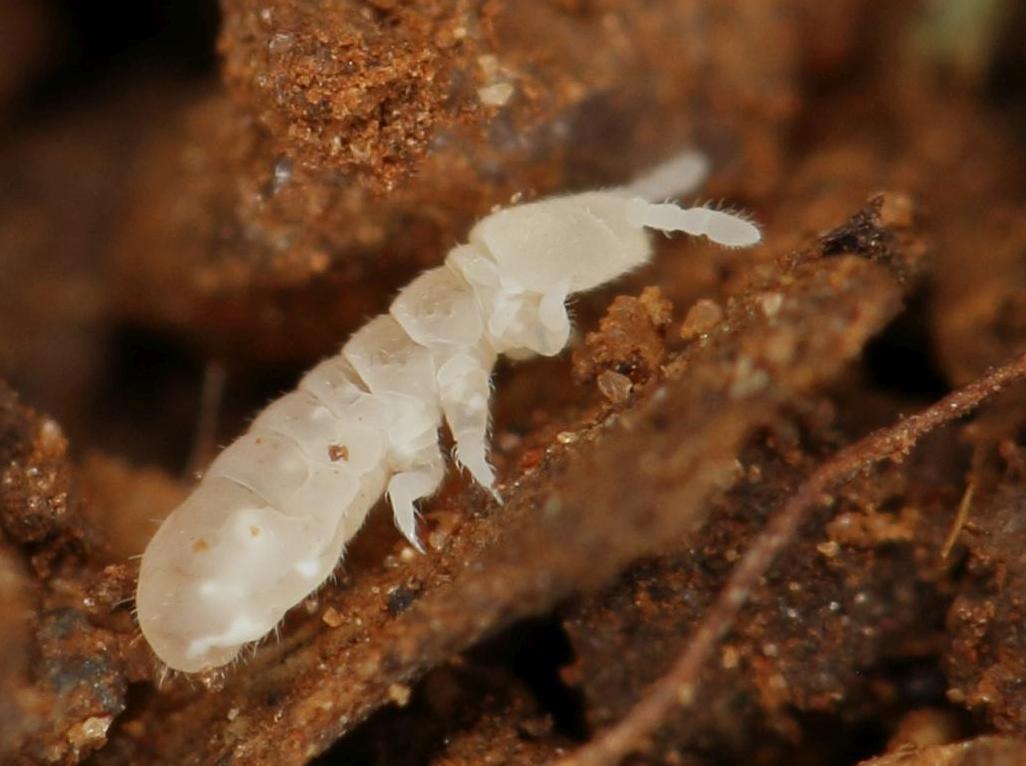
Collembola, another name for springtails, deserve special recognition for their role as ecosystem engineers. These creatures don’t just feed on mold and organic matter – they actively transform it into forms that other organisms can use. Through their digestive processes, they break down complex organic compounds into simpler nutrients that can be absorbed by mold and bacteria.
Different species of collembola occupy different ecological niches within the bathroom ecosystem. Some live on surfaces, others burrow into organic matter, and still others specialize in feeding on specific types of mold or bacteria.
Their waste products, called frass, become important fertilizers for mold growth. This creates positive feedback loops where collembola activity promotes mold growth, which in turn provides more food for the collembola population.
Beetles: The Unexpected Predators
Several species of tiny beetles have found their way into bathroom ecosystems, where they serve as important predators of mites, springtails, and other small creatures. These beetles are often so small that they’re mistaken for debris, but they’re actually sophisticated hunters that help maintain balance in the ecosystem.
Minute brown scavenger beetles and some species of rove beetles are particularly common in humid bathroom environments. They feed on dead insects, mites, and organic debris, helping to clean up the ecosystem and prevent the accumulation of waste products that could disrupt the delicate balance.
The presence of predatory beetles is often a sign of a healthy, mature ecosystem. They typically arrive after prey populations have become established, indicating that the habitat has reached a level of complexity that can support multiple trophic levels.
The Invisible Network: Bacteria and Protozoa
While most people focus on the visible insects and mites, the foundation of the bathroom ecosystem is actually composed of bacteria and protozoa that are invisible to the naked eye. These microorganisms form the base of the food web, breaking down organic matter and providing food for larger creatures.
Different species of bacteria thrive in different parts of the bathroom ecosystem. Some prefer the acidic conditions created by certain molds, while others flourish in more neutral environments. This bacterial diversity creates microhabitats that support different communities of larger organisms.
Protozoa, single-celled animals that feed on bacteria, serve as an important link between the microscopic and macroscopic worlds. They’re eaten by springtails and other small creatures, helping to transfer energy from the bacterial level up to the visible ecosystem.
Seasonal Cycles and Population Dynamics
The bathroom ecosystem experiences its own seasonal cycles, driven by changes in humidity, temperature, and human activity patterns. During winter months, when heating systems create drier indoor air, some populations crash while others adapt by seeking out the most humid microclimates.
Summer brings increased humidity and more frequent bathroom use, leading to population explosions of many species. This is when most people first notice the tiny creatures sharing their bathroom space.
Holiday periods and vacations can dramatically disrupt these ecosystems. When bathrooms aren’t used regularly, humidity levels drop and some species disappear, while others adapt by entering dormant states or seeking refuge in the most protected areas.
The Delicate Balance: Competition and Cooperation
Like any ecosystem, the bathroom mold community is governed by complex relationships between species. Competition for resources is intense – different species of mold compete for the same organic matter, while insects and mites compete for the best feeding sites.
But cooperation is equally important. Many species benefit from the activities of others – mold creates habitat for insects, while insects help distribute mold spores and break down organic matter. This creates a web of interdependence that makes the ecosystem surprisingly resilient.
When one species is eliminated (through cleaning or environmental changes), others often expand to fill the vacant niche. This demonstrates the remarkable adaptability of these tiny ecosystems and explains why bathroom mold problems often return despite aggressive cleaning efforts.
Breaking the Cycle: Understanding Natural Control
Understanding the bathroom ecosystem provides insights into natural methods of control that work with biological processes rather than against them. Proper ventilation doesn’t just prevent mold growth – it disrupts the entire ecosystem by removing the humidity that all these creatures need to survive.
Regular cleaning removes not just visible mold, but also the organic matter that feeds the entire food web. However, the most effective approach is preventing the conditions that allow these ecosystems to establish in the first place.
Some natural predators can actually be beneficial in controlling problematic species. Certain species of mites and insects feed on pest species, creating natural balance without the need for chemical interventions. The key is understanding which species are beneficial and which are problematic.
The tiny world thriving in your bathroom mold represents one of nature’s most remarkable examples of adaptation and resilience. These microscopic ecosystems demonstrate that life finds a way to flourish even in the most unlikely places, creating complex food webs and relationships that rival those found in any natural habitat. While most people see bathroom mold as simply a nuisance, it’s actually a window into the incredible diversity and ingenuity of life on our planet. Next time you spot that dark patch behind your shower, remember that you’re looking at a thriving metropolis of creatures that have turned your bathroom into their Amazon rainforest. What other hidden ecosystems might be flourishing right under our noses?
